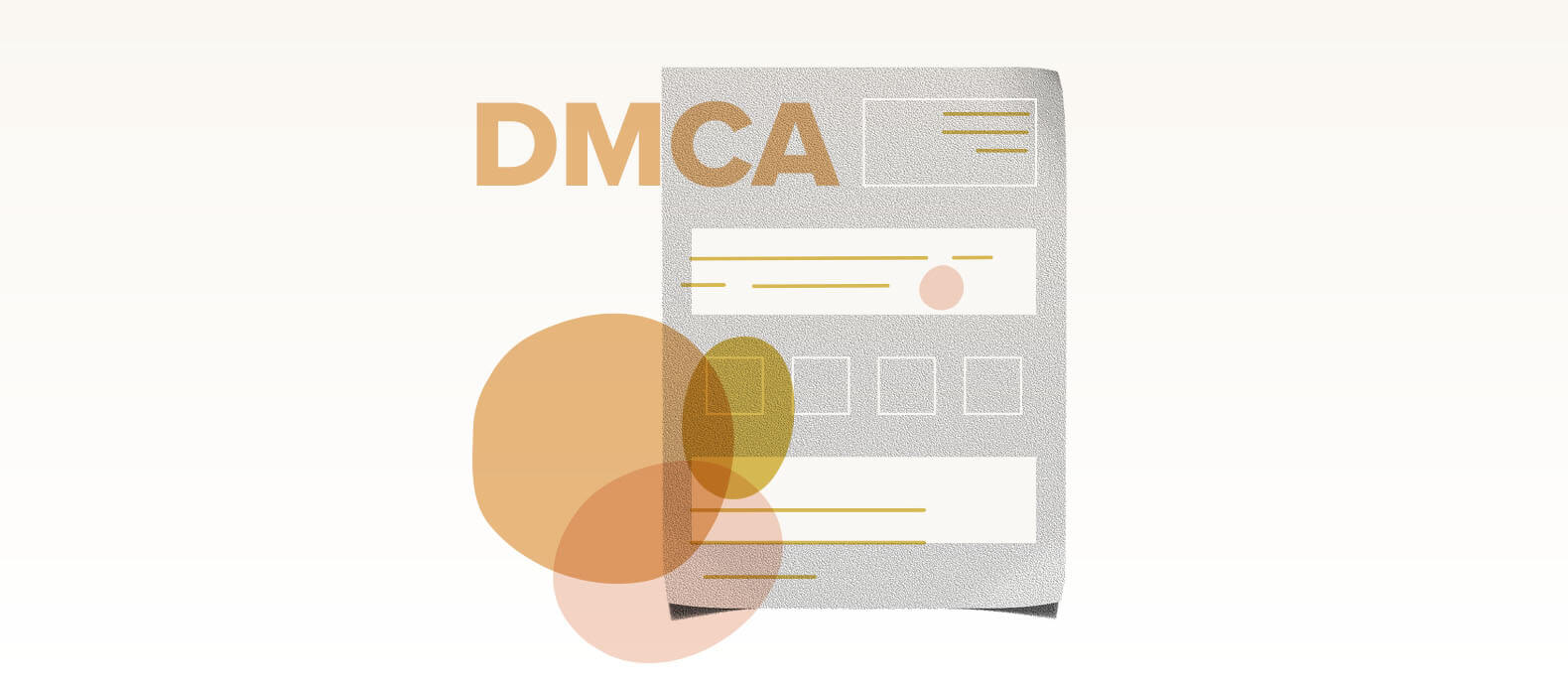Copyright infringement is a significant issue that many businesses have to deal with on a daily basis. Despite your best attempts at defensive measures, copyright infringers may still be finding ways to steal your intellectual property (IP), mislead your customers, and devalue your brand. You need to act fast to ensure that you can tackle these copyright infringement problems in a way that is efficient and cost-effective.
If you have tried other anti piracy tactics without success, then it may be time to turn to a cease and desist letter to handle your copyright infringement issue. This formal correspondence can act as a deterrent but it can also kickstart legal action that will allow you to restrict infringers from attacking your brand.
In this blog, we’ll be delving into the details of cease and desist letters by highlighting a number of topics, including:
- Cease and desist letter copyright infringement: what is it?
- Cease and desist letter copyright infringement: why is it important?
- Cease and desist letter copyright infringement: what role does it play in intellectual property protection?
- What are the potential outcomes of sending a cease and desist letter for copyright infringement?
- How can Red Points help businesses tackle copyright infringement problems?
Cease and desist letter copyright infringement: what is it?
A copyright infringement cease and desist letter is a form of correspondence sent by, or on behalf of, a copyright owner. This letter will usually be addressed to an alleged infringer. The content of the letter will include a request that the recipient of the letter stop whatever potential infringing activity they are engaged in. The letter will outline when, where, and how the copyright infringement has been occurring and will warn the recipient of the consequences if they continue with their activities.
A cease and desist letter is a formal letter that is usually sent before any legal action commences. It is a legally official warning that provides the infringing party with written evidence of the sender’s intention to protect their intellectual property from harm. Within the letter the sender will often also outline the remedies and assurances they intend to seek.
Cease and desist letter copyright infringement: why is it important?
A cease and desist letter concerned with copyright infringement is an important tool for a variety of reasons. Copyright enforcement can be a tricky task for businesses of all sizes, especially when the potential infringers are malicious, deceptive, and intent on alluding you. A cease and desist letter makes the process of defending your copyrights easier because it gives you a formal, reliable, and legal way to start correspondence with the alleged infringers. This way you know you are on sure-footing from the start.
A copyright cease and desist letter is also important if you believe the party has infringed your copyrighted work accidentally or unwillingly. The letter informs the party that they may be infringing your copyright. If the infringement was inadvertent this correspondence enables the party to stop their action. This may ensure that your business is saved from additional harm and that both parties are spared from costly legal action.
A cease and desist letter will also allow you to assert the ownership of your copyrights. You can outline the nature and importance of your copyrights while you state your case. The recipient will then be aware of the consequences if they continue to infringe your copyrights.

Cease and desist letter copyright infringement: what role does it play in intellectual property protection?
The main role of a cease and desist letter is to ask the recipient to “cease” any activity they are doing that potentially infringes your copyrights. Within the letter, you will outline the other party’s wrongdoing and provide a clear legal justification as to why they should stop their action. The recipient should clearly see from the letter that they have done something wrong and that you intend to defend your intellectual property via legal routes if they do not cease their action.
If there are any issues around fair use or specific parts of the Copyright Act you believe are relevant you may also want to highlight this within the cease and desist letter. After all, if the recipient does not know anything about copyright law and has inadvertently infringed your IP rights, then the cease and desist letter can serve to educate them or encourage them to educate themselves, on copyright matters.
What are the potential outcomes of sending a cease and desist letter for copyright infringement?
A cease and desist letter can result in a variety of outcomes depending on your intentions and those of the recipient.
The first potential outcome is that the recipient takes the copyright infringement warning letter seriously and ceases their infringing activity. For the sender, this is the ideal outcome because it allows the matter to come to a close in a peaceful, timely, and inexpensive manner. This outcome also shows how effective a cease and desist letter can be – you can maintain the value of your copyrights without engaging in any serious or combative legal action.
The second potential outcome is that the party responds to your letter, disagrees with your argument, denies the claims, and continues whatever action they were engaged in. This sets you on a difficult path because you will now have to decide whether their counter-argument has merit and whether you need to defend your copyrights through formal litigation.
The third potential outcome is that your cease and desist letter is ignored. This outcome is far from ideal and will require you to take further action if you want to remedy the situation. Parties are not legally required to respond to a copyright cease and desist letter. However, it is usually smart for parties to respond within 21 days. If the potential infringer ignores your letter then you may have to start thinking about legal action or some other form of communication.
How can Red Points help businesses tackle copyright infringement problems?
Red Points does not provide legal advice and cannot instruct in the writing or sending of a cease and desist letter. However, we can help businesses tackle a variety of copyright infringement problems and empower you to protect your intellectual property rights.
Red Points’ Copyright Infringement Detection Software enables you to track and enforce copyright infringement wherever it is occurring. Our software protects your business via three simple and effective steps:
- Detect
Our bot-powered search allows us to rapidly detect copyright abuse anywhere online. Scammers will find no hiding place on linking sites, social media, apps, streaming, P2P platforms, or cyberlockers. Machine learning continually improves the detection process and allows you to add new search rules as the coverage progresses.
- Delete
Following detection you will then be able to set up automated validation rules that will kickstart the copyright infringement enforcement process against the potential infringers. Our shortlist system will let you prioritize certain issues so that you can act fast against the potent infringers.
- Report
You can then use Red Points’ platform to review the impact of your copyright enforcement. What was the overall success rate? How many detections did we discover? How quickly did the enforcement take place? You can get answers to all these questions and more with our insightful reporting process. This will help you understand your coverage and encourage you to find new ways to enhance your copyright protection moving forward.
What’s Next
Cease and desist letters play a crucial role in disputes centered on copyright infringement. Any business looking to defend its intellectual property must familiarize themselves with how cease and desist letters work and why they are important. Indeed, the best way to defend your brand’s copyrights is to stay informed and be proactive.
Red Points’ Copyright Infringement Detection Software is one of the best ways you can proactively safeguard your copyrights. Our platform allows you to understand how, when, and where infringers are operating. This puts you in the best position to take them down and defend your valuable copyrighted content. To learn more about how Red Points’ experts can help you improve your business’s copyright protection and recover your revenue, request a demo here.






